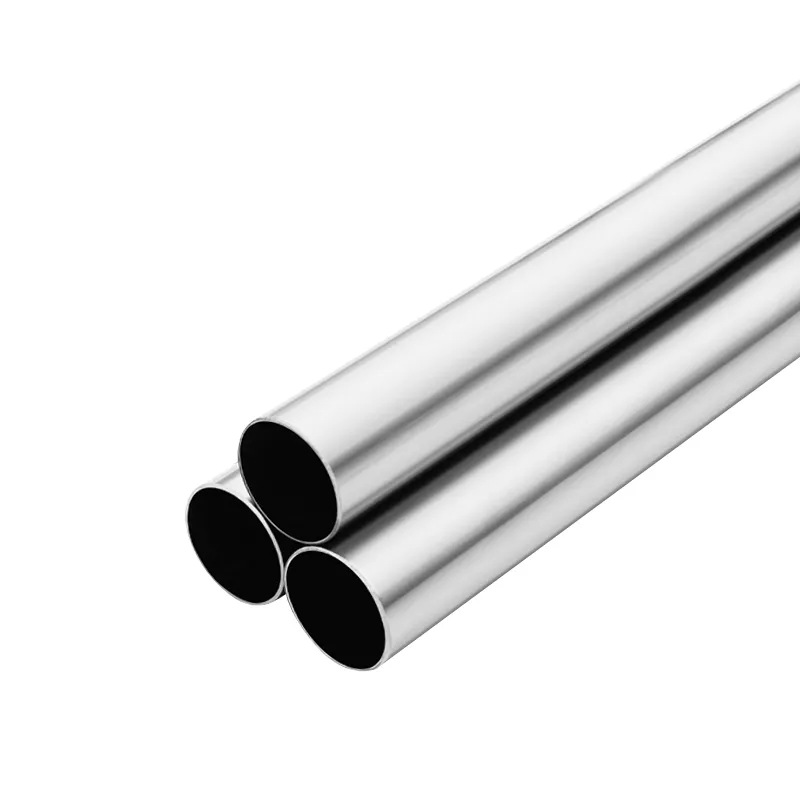
Understanding Automotive Brake Parts Importance, Types, and Maintenance
Automotive brakes are one of the most critical components of any vehicle, ensuring safety during operation by allowing drivers to slow down or stop efficiently. Understanding how brake parts function and the various components involved is essential for both vehicle owners and automotive enthusiasts alike. This article will delve into the importance of brake parts, explore the different types of brake systems, and provide maintenance tips to ensure optimal performance.
Importance of Brake Parts
The primary function of automotive brakes is to convert the kinetic energy of a moving vehicle into thermal energy through friction. This process allows the vehicle to decelerate or come to a halt. Given the potential consequences of brake failure, maintaining the integrity of brake parts is crucial for safe driving. The efficiency of a vehicle's braking system directly impacts the safety of its occupants and those on the road.
Key Brake Components
Automotive brake systems comprise several key components, each playing a vital role in the braking process. The most common types of brakes are disc brakes and drum brakes, with each system having its own set of parts
1. Brake Pads Typically found in disc brake systems, brake pads are the friction material that makes contact with the brake rotor to create the necessary friction. Quality brake pads ensure shorter stopping distances and enhanced performance.
2. Brake Rotors (Discs) These are the components the brake pads clamp down upon to slow the vehicle. Rotors can become warped or worn over time, leading to diminished braking performance and vibrations during braking.
3. Brake Calipers The caliper houses the brake pads and applies pressure to them when the brake pedal is pressed. Most modern vehicles feature either floating or fixed calipers, which vary in design and performance.
4. Brake Lines and Hoses These components transport brake fluid from the master cylinder to the brake calipers. Ensuring these lines are free from leaks and obstructions is essential for maintaining brake function.
5. Brake Fluid This hydraulic fluid transmits the force from the brake pedal to the calipers, enabling the braking action. Regularly checking and replacing brake fluid can prevent air bubbles and moisture accumulation, which can compromise braking efficiency.

6. Drum and Shoes In drum brake systems, brake shoes press against the inside of a drum to create friction. These components also wear out over time, requiring regular inspection and replacement.
Common Brake Problems and Maintenance
To ensure safe and effective braking, vehicle owners should be aware of common brake problems and how to maintain their brake systems. Here are a few tips for brake maintenance
1. Listen for Unusual Noises Squealing or grinding noises when braking may indicate worn brake pads or damaged rotors. Address these symptoms promptly to avoid further damage.
2. Monitor Brake Pedal Feel If the brake pedal feels soft or spongy, it could be a sign of air in the brake lines or low brake fluid levels. Promptly check and service these components.
3. Regular Inspections Professional inspections of the braking system should be conducted at regular intervals, especially if you notice any changes in braking performance. Mechanics can check for worn parts, leaks, and overall system integrity.
4. Brake Pad Replacement Brake pads should generally be replaced every 30,000 to 70,000 miles, depending on usage and driving conditions. Regular checks will help you catch the need for replacement before complete wear occurs.
5. Keep the System Clean Dirt, moisture, and road debris can affect brake performance. Regular cleaning of brake components can help maintain efficiency and prolong their service life.
Conclusion
Understanding automotive brake parts is essential for every vehicle owner. From the brake pads to the calipers and rotors, each component plays a pivotal role in the vehicle's overall safety and performance. By following proper maintenance practices and being attentive to potential problems, drivers can ensure their vehicles remain responsive and safe on the road. Regular inspections and timely replacements are not just best practices but vital components of a responsible vehicle ownership experience. Remember, when it comes to brakes, more than any other part of your vehicle, stopping power is paramount.